History of Sydney’s garden suburbs like Castlecrag, Haberfield
They are now some of our most sought-after addresses across Sydney thanks to planners’ forward thinking in designing these garden suburbs.

Sydney Weekend
Don't miss out on the headlines from Sydney Weekend. Followed categories will be added to My News.
If you have ever wandered through the streets of Castlecrag, you may have noticed something unusual about their names.
The street names in Sydney’s north shore suburb have a mostly fortress-like appeal. There’s The Parapet, The Bulwark, The Rampart, The Bastion and even Knight Place.
It’s an insight into the planners’ acknowledgment that Castlecrag has the enviable distinction of being a suburb surrounded on three sides by Middle Harbour.
And this geographical anomaly meant that not only was it fortress-like, but also a beautiful natural environment worth preserving as the suburb was established in the 1920s.
The suburb was planned by the husband and wife team of Walter Burley Griffin and Marion Mahony Griffin who had settled in Australia after winning an international competition to plan the nation’s capital, Canberra.
Attracted by the natural beauty of Castlecrag, the Griffins, who were inspired by the Garden City Movement in America, set about establishing a suburb which worked in well with the natural landscape.

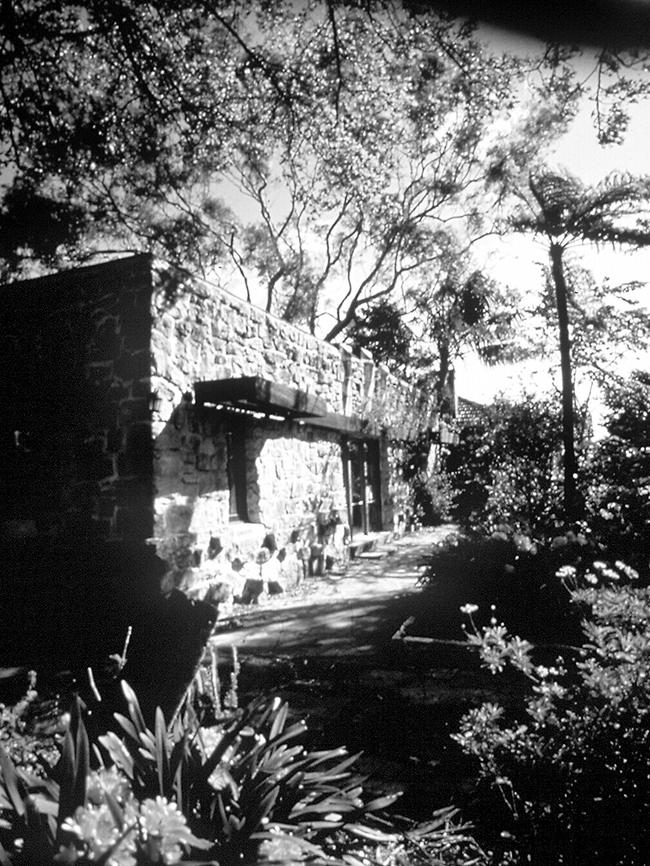
They set aside 20 per cent of the land for parklands – compared with just 2 per cent stipulated by councils – and, in keeping with the landscape, laid out streets in a curved design, compared with the grid-like pattern of so many other suburbs.
In her book, Australian Architecture: A History, Davina Jackson says of Castlecrag: “The height of the hilltop suburb gives you a real sense of being in a natural landscape, which was very deliberate. The planners were big on footpaths and residents being able to wander to their homes on walkways without car access.”
Sydney’s true garden suburbs grew out of a much different philosophy.
Haberfield in the inner west claims the title of Australia’s first garden suburb.
It was developed by Summer Hill real estate agent Richard Stanton who bought part of the Dobroyd Estate in 1901 and released blocks of land in what Jackson calls “Australia’s real first subdivision”.
He named it Haberfield for his wife’s maiden name and, it being Federation year, named many of the streets after prominent politicians, namely Barton Ave and Deakin Ave.
To this day Haberfield is nicknamed the Federation suburb.
The Garden City Movement sprung up after the 1898 publication of Ebenezer Howard’s book Garden Cities of Tomorrow in the UK.
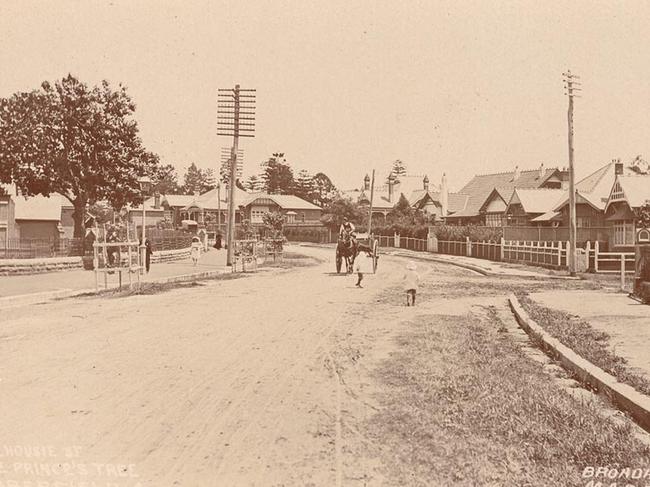
This method of urban planning aimed to combine the best of country living (a healthy environment) with the best of city living (access to employment opportunities) in the one suburb.
“People in British cities were literally dying from pollution so something had to be done,” Jackson says.
“Howard proposed new towns or suburbs that combined the best of the town with the best of the countryside.”
In Sydney when Haberfield was being developed, the people were living through a second wave of bubonic plague spread by disease-ridden rats mainly in cramped inner-city suburbs.
The answer for the new development was to create a clear delineation between the commercial and residential with minimum lot sizes that would allow for plenty of open space between buildings. Wide streets, nature strips, plenty of green space and even a street tree out the front of every house was mandated.
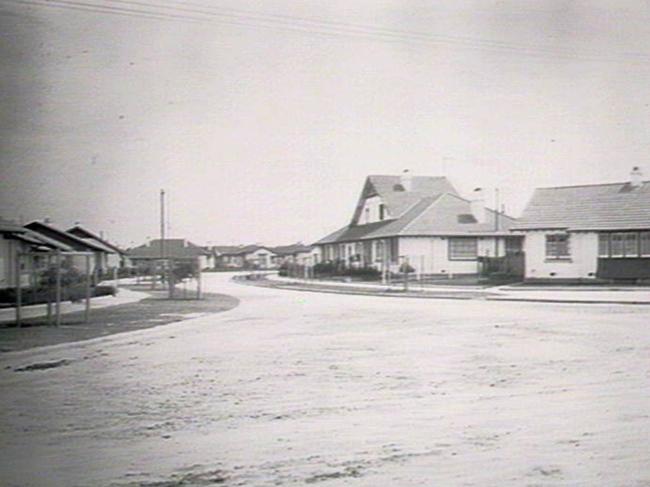
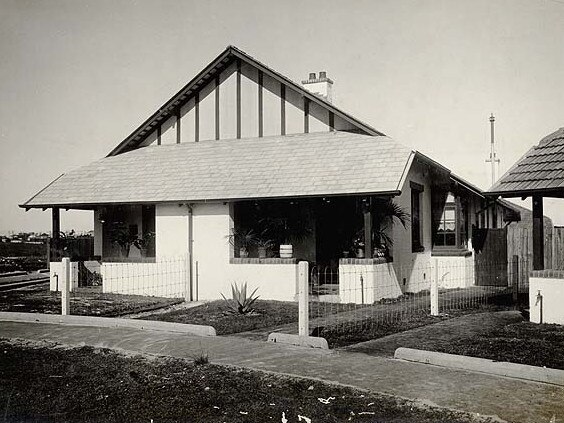
A decade later, Daceyville near Botany became another model garden suburb but it was born out of a different need – affordable working class housing.
The suburb was intended to follow the garden suburb principles of green spaces mixed in with low-cost housing as an answer to the overcrowded inner-city slums.
The landscapes were planned by curator for the Royal Botanic Gardens, HJ Maiden, and residents were encouraged to enter an annual garden competition which would be judged by Royal Botanic Garden staff.
The suburb sprang up quickly; housing construction began on June 16, 1912 and 12 months later 67 homes had been built and the first families were moving in, selected by a ballot system.
By 1920 there were 315 homes as well as a picture theatre, grocery, drapery, butcher, confectionary store and a public school.
Got a history story to share? Email mercedes.maguire@news.com.au
DIVISION A CAPITAL IDEA
The layout for the nation’s capital was designed by American landscape architect Walter Burley Griffin who won an international competition in 1913.
The winning plan was created in consultation with his architect wife, Marion Mahony Griffin.
Their plan was to divide the city in half, the lake as the central marker, with one side devoted to civilisation and the other to government.
While debate rages about the origin of the name Canberra, other names suggested at the time were Plympus, Paradise, Kangaremu, Eucalypta and Myola. It was officially named Canberra on March 12, 1913.
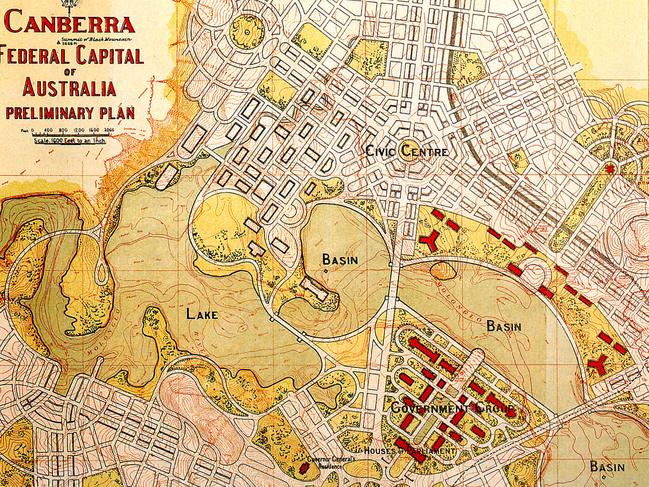
PLAGUE ON ALL THEIR HOUSES
The first victim of the bubonic plague in Australia was Arthur Paine, a delivery man from Millers Point, who contracted the deadly disease from the wharves on January 19, 1900.
Although officials declared the plague eradicated by the end of the year, the deadly disease would reappear 12 times between 1900 and 1925.
It was carried by infected fleas on rats and passed on to humans who would become infected when bitten by the flea.
The disease attacked the lymph nodes which spread to the body causing haemorrhaging in the internal organs. There were 1371 deaths overall in Australia, mostly in Sydney.
Actress Nellie Stewart’s successful transition from the stage to film
The three levels of the Sydney Lyceum theatre on Pitt St were packed on the evening of Saturday, December 2, 1911. All 1285 seats were taken by people keen to see Nellie Stewart perform her most famous role of Nell Gwynne, an orange seller who wins the heart of King Charles II.
She had performed the role dozens of times since its stage premiere in 1902, both in Australia and overseas.
But never had the popular actress been captured on film before.
The silent movie, Sweet Nell Of Drury Lane, directed by Raymond Longford, had been filmed around Sydney, with prison scenes captured at the military barracks in Paddington and romantic outdoor scenes shot at an undisclosed Sydney suburb.
It was such a hit it ran for six years and screened in the US from 1914. It was one of the first times an internationally-recognised performer had been captured on celluloid.
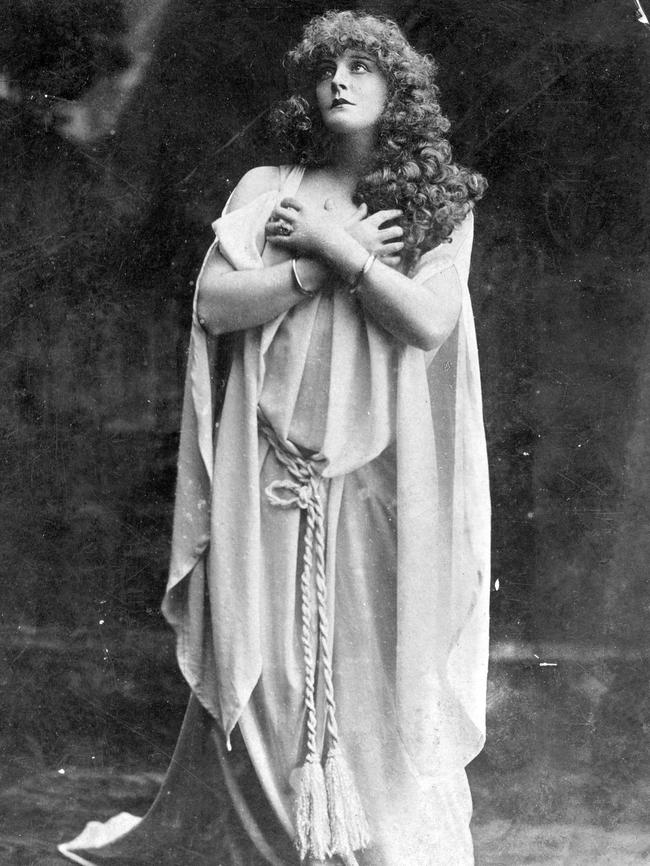

At the time, a newspaper columnist declared “the film is of historic value, for future generations will see it when there is but the name of sweet Nell left”.
In her 1923 autobiography, Stewart herself said “a set of reels of this film is held, to be produced after I am no more”.
Yet by her death eight years later, the film had disappeared and no record of it remains.
Eleanor Towzey Stewart was born in Woolloomooloo in 1858 to theatrical parents, comedian Richard Stewart Towzey and stage performer, Theodosia.
A few years after her birth, the family moved to Melbourne and Nellie made her stage debut in a production called The Stranger. Reports vary on her age from two years old to five.
The child actress performed in pantomimes throughout her childhood and by the age of 17 was regarded to have a fine soprano voice.
It was around this time, while she was playing the principal boy in a production of Sinbad The Sailor, that she met empresario George Musgrove, who would go on to shape her career and capture her heart.

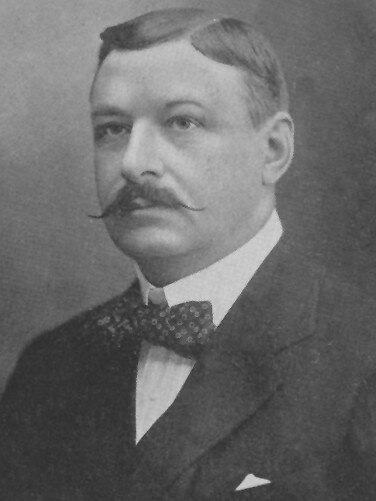
From 1883 to 1887 she toured Australia and New Zealand playing comic opera roles including Yum Yum in The Mikado. And in 1888 she made her grand opera debut playing Marguerite in Faust but strained her vocal chords after playing the role on 24 consecutive nights.
By the turn of the century Stewart was considered Australia’s most popular performer and she sang the memorial ode “Australia” at the opening of the first Commonwealth Parliament in 1901.
When she stepped on stage as Nell Gynne the following year for the stage premiere of Sweet Nell Of Drury Lane, she was at the height of her fame. The role would become her favourite and the one she is most remembered for.
But her career was not an easy one and she struggled to keep it on an upward trajectory. A tour of the US was cut short by the San Francisco earthquake of 1906 which almost ruined her theatrical company. Stewart sold her jewellery to pay for the company’s return to Australia.
And the outbreak of World War I in 1914 had a negative effect on the theatre world.
Her manager and lover, George Musgrove, whom she had a daughter with in 1893, died in 1916, which Stewart later referred to as the saddest day of her life. And throughout the 1920s she performed mainly for charitable events.
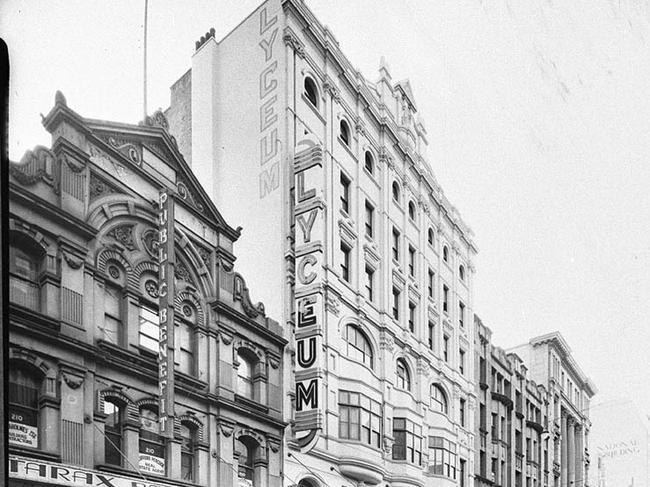
At one, she raised about 3000 pounds for Sydney Hospital and they named the children’s ward after her.
In March 1931 Stewart made two voice recordings which remain with the State Library of NSW; one featured her performing extracts from Sweet Nell, and the other was a farewell address.
In the address she says: “And when I am no longer with you, I want you to think of me as just withdrawn into the dimness.”
Two months later, Stewart died at her home in Mosman and her funeral at St James Church was attended by thousands.
Got a local history story to share? Email mercedes.maguire@news.com.au
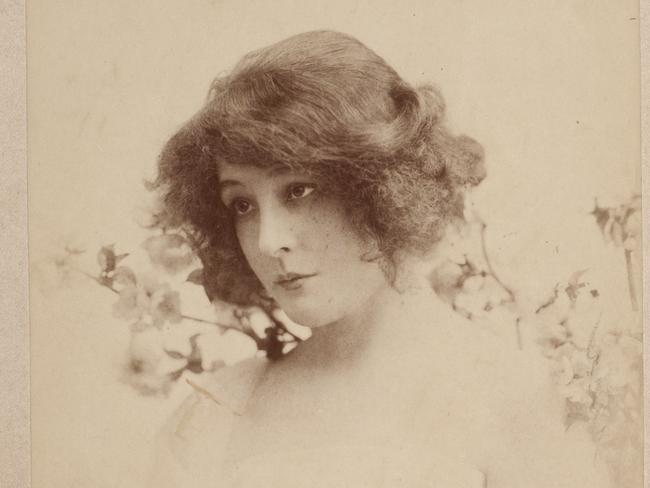
CURTAINS FOR SYDNEY
The Lyceum Sydney theatre opened on Pitt St on Boxing Day of 1892. It was a grand theatre with seating for more than 1000 in stalls and two tiers.
If you were lucky to have a ticket in the dress circle, your seat was plush gold and there was a domed ceiling with a sliding roof and a glass chandelier.
In the early 1900s a wealthy Methodist bought the theatre and donated it to his church who ran Sunday services there. But silent films were also shown and in 1928 it was modified for talkies. A fire destroyed the theatre in 1964.
MAN BEHIND THE STARS
Born in England in 1854, George Musgrove moved to Australia at age 12. Buoyed by the success of Gilbert and Sullivan, which he’d seen on a visit to London, he launched himself as a theatrical entrepreneur in December 1880 with a production of La Fille du Tambour-Major, starring Nellie Stewart.
It was a success, running for 101 nights. He teamed up with two businessmen to open theatres in Sydney and Melbourne and in 1903 he presented Nellie Melba in a successful concert tour.
He died at his Sydney home in 1916, leaving more than half his estate to Stewart.
Got a news tip? Email weekendtele@news.com.au





